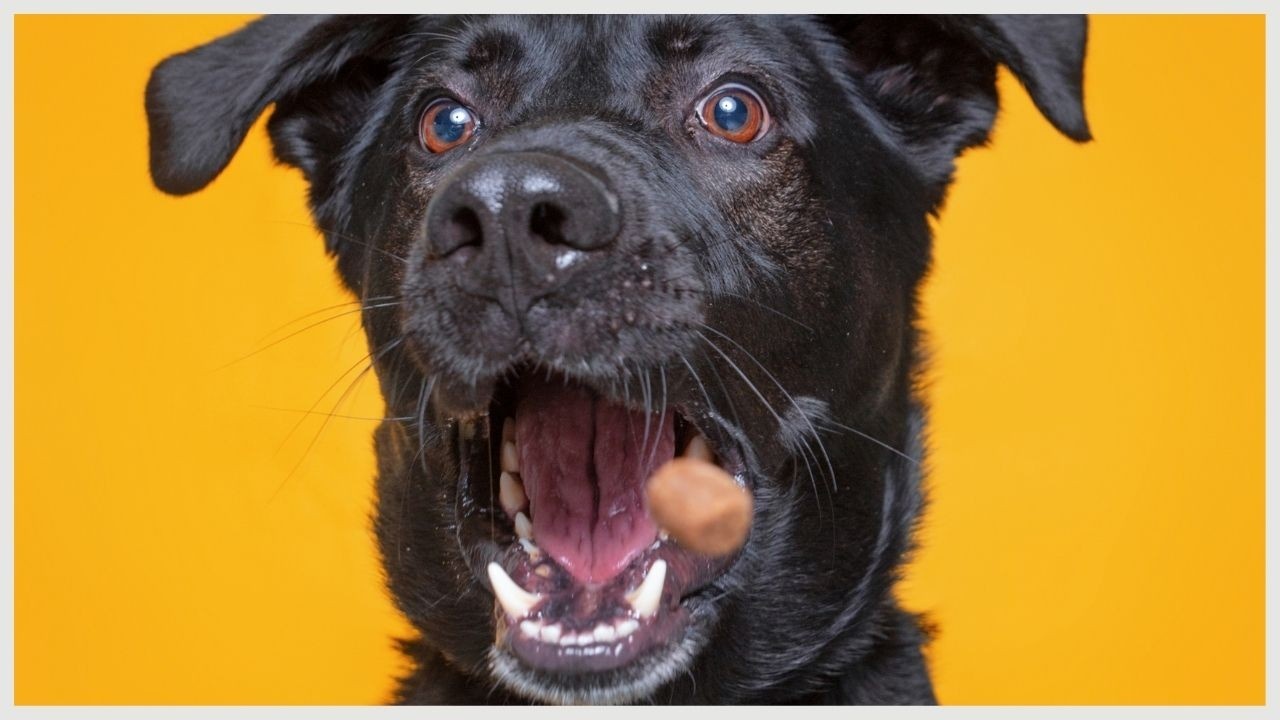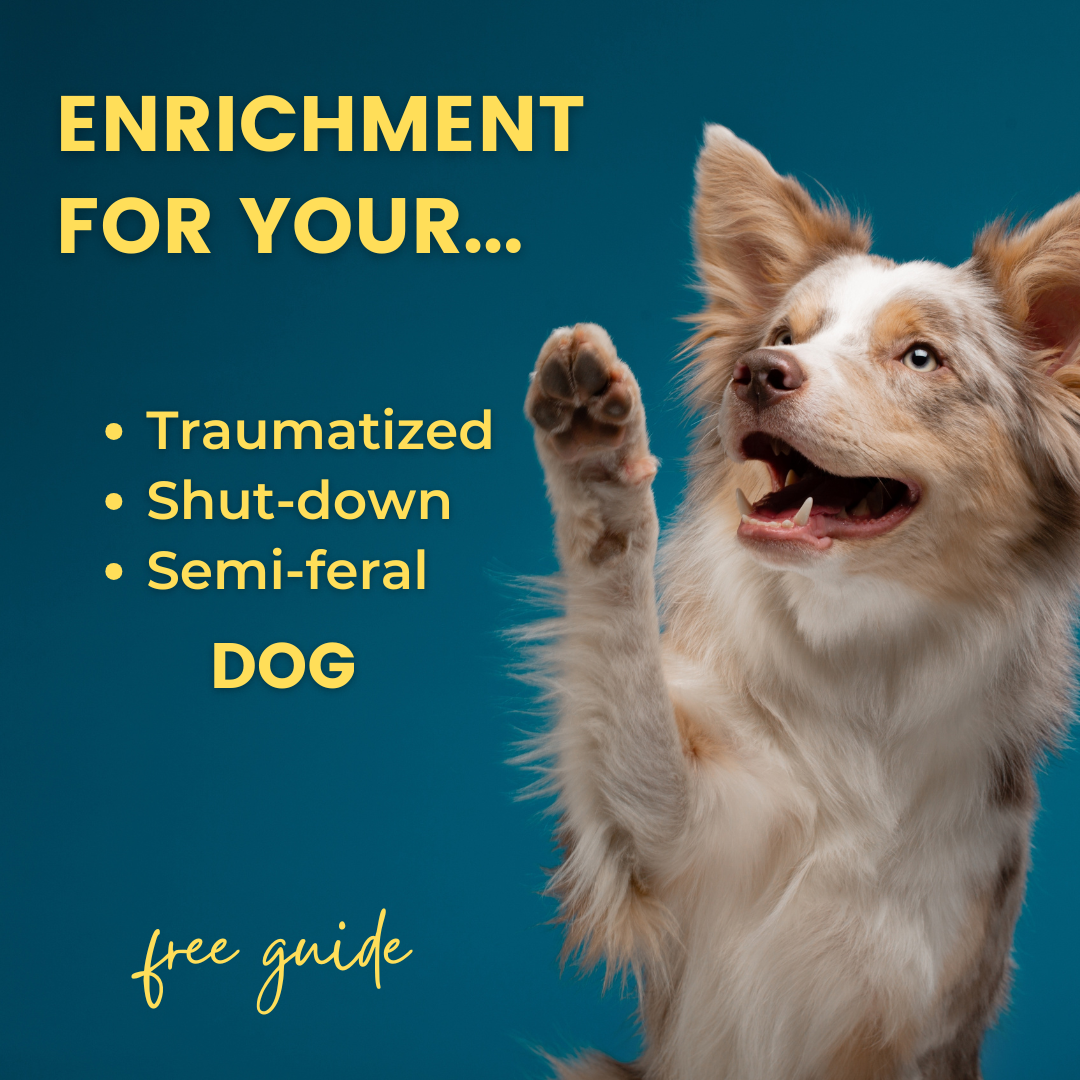Using Training Rewards Effectively: Where and When to Reinforce
Apr 12, 2022
If you've ever struggled to reach your training goals with your dog, you might have wondered what you could do to get better results. Whether you are using food or other training rewards, there are a number of factors that can increase (or decrease) their effectiveness as reinforcers.
Reinforcer effectiveness:
What makes for a highly effective reinforcer? Here's a (not exhaustive) list of things to consider:
- Delay to reinforcement: In general, reinforcement delivered immediately after the target behavior is best.
- Dog's preferences: Use something the dog loves. A dog's preferences might change day-to-day and even within a single training session, so be ready to adjust!
- Magnitude: Great reinforcer quantity or duration can increase effectiveness of your training.
- Rate of reinforcement: Reinforce new skills every time in early training.
- Has your dog had access to this reinforcer recently? Something your dog has had a lot of recently might temporarily lose its value as a reinforcer. This is why trainers will often ask you not to feed your dog for an hour or two prior to training class.
- Variety of reinforcers: Rotating through a variety of reinforcers within a training session can increase the effectiveness of those reinforcers.
- History with the reinforcer: Is the reinforcer something that your dog often gets for free? If so, they might be less willing to work for access.
- Delivery method: How you give the reinforcer to your dog can increase its value. Chasing a rolled treat might be more fun than taking a treat from your hand; an interactive game with a toy might be a more effective reinforcer than handing the dog a toy.
- Novelty: A new toy, treat, or activity can be a more effective reinforcer, at least temporarily, due to its novelty.
Example: Muzzle Training
In this weeks' video, I used some muzzle training examples to illustrate reinforcement that was more or less effective to the training process.
- WHEN to reinforce:
- Immediate reinforcement in early training: I reduced the delay between my dog poking her nose into the muzzle, and getting a treat, by cutting up treats ahead of time. I also kept several treats in my hand so I could get them to her quickly without digging around in my treat bag. While you often DON'T want treats in your hand during training, I find it helpful in early muzzle training.
- Delayed/intermittent reinforcement in advanced training: In an example of more advanced muzzle training, our trainer Rachel reinforced less frequently as her dog practiced walking while wearing the muzzle. She also reinforced at random intervals so it was less predictable.
- WHERE to reinforce:
- Deliver reinforcers where you want the dog to stay: At the end of muzzle training, the dog places their nose into the muzzle, and stays there while the muzzle straps are buckled. In this week's video, I showed the different results produced by delivering treats outside of the muzzle, or inside the muzzle. When my dog got treats outside of the muzzle, she tended to withdraw her nose from the muzzle quickly after placing it inside, to get the treat. When I switched to delivering the treat inside the muzzle, she started to keep her nose there waiting for the treat.
If you need one-on-one guidance with muzzle training, or other help with your fearful or reactive dog, sign up for private training with us.
If you are trying out reinforcers with your fearful dog, we want to hear about your successes or struggles. Join our Facebook group and post your questions or comments there, or email us at [email protected].



